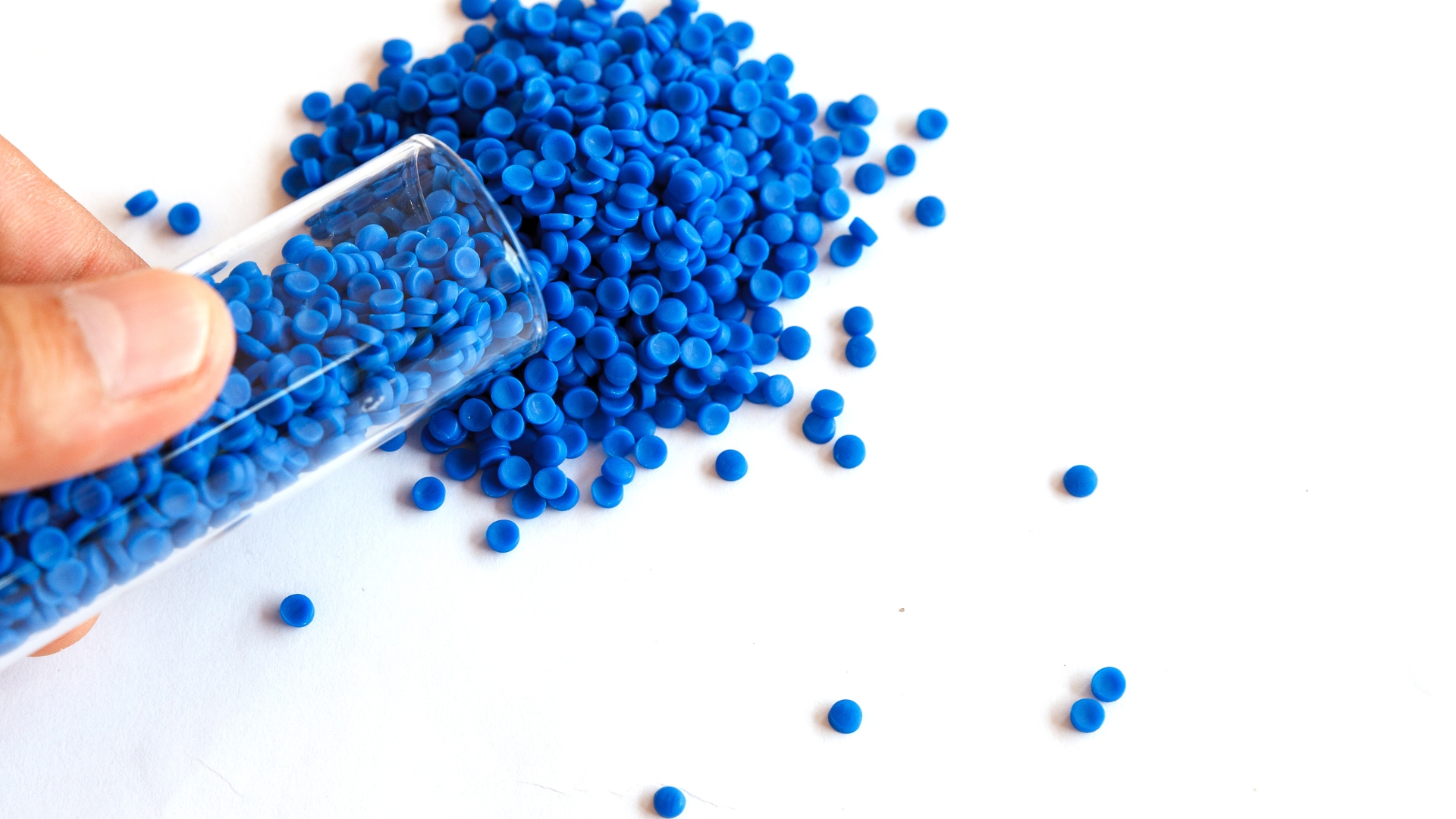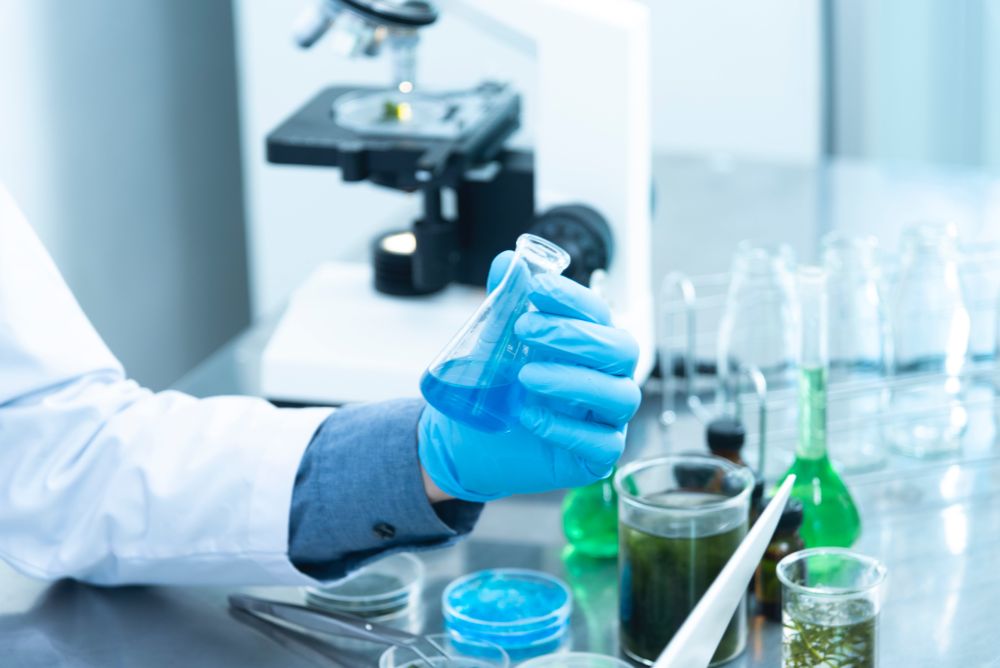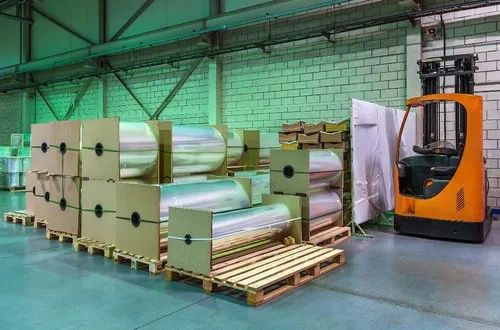Raw Materials - Plastic Division stands as an industry leader, pioneering the supply of sustainable polymer solutions. With an unwavering commitment to environmental responsibility, we specialize in providing offgrade, near prime, and recycled polymers to meet diverse industrial requirements.
Specialized
We are specialized in supplying Off-Grade Plastics, Additives & Modifiers, as well as Fibers

Quality control
We perform analyses in our dedicated laboratory to ensure the quality of our recycled raw materials.
Your delivery will be accommodated in the packaging of your preference: Bigbags, Octabins, or 25kg sacks.

Stocklot Packaging
We offer a wide range of excess inventory and Stocklots/Joblots of packaging and wrapping films, BOPP, LDPE, PVC, PET and more.
